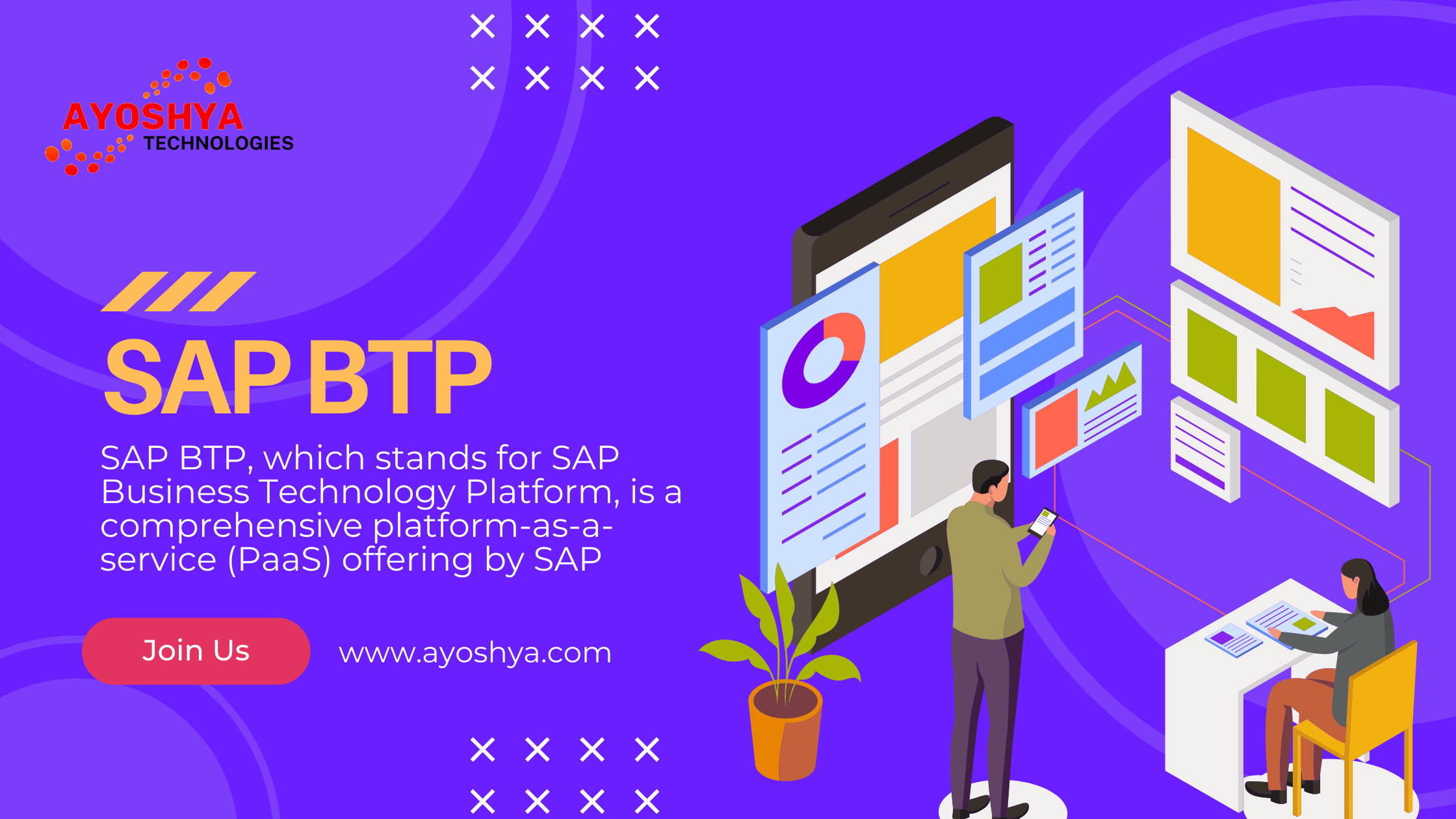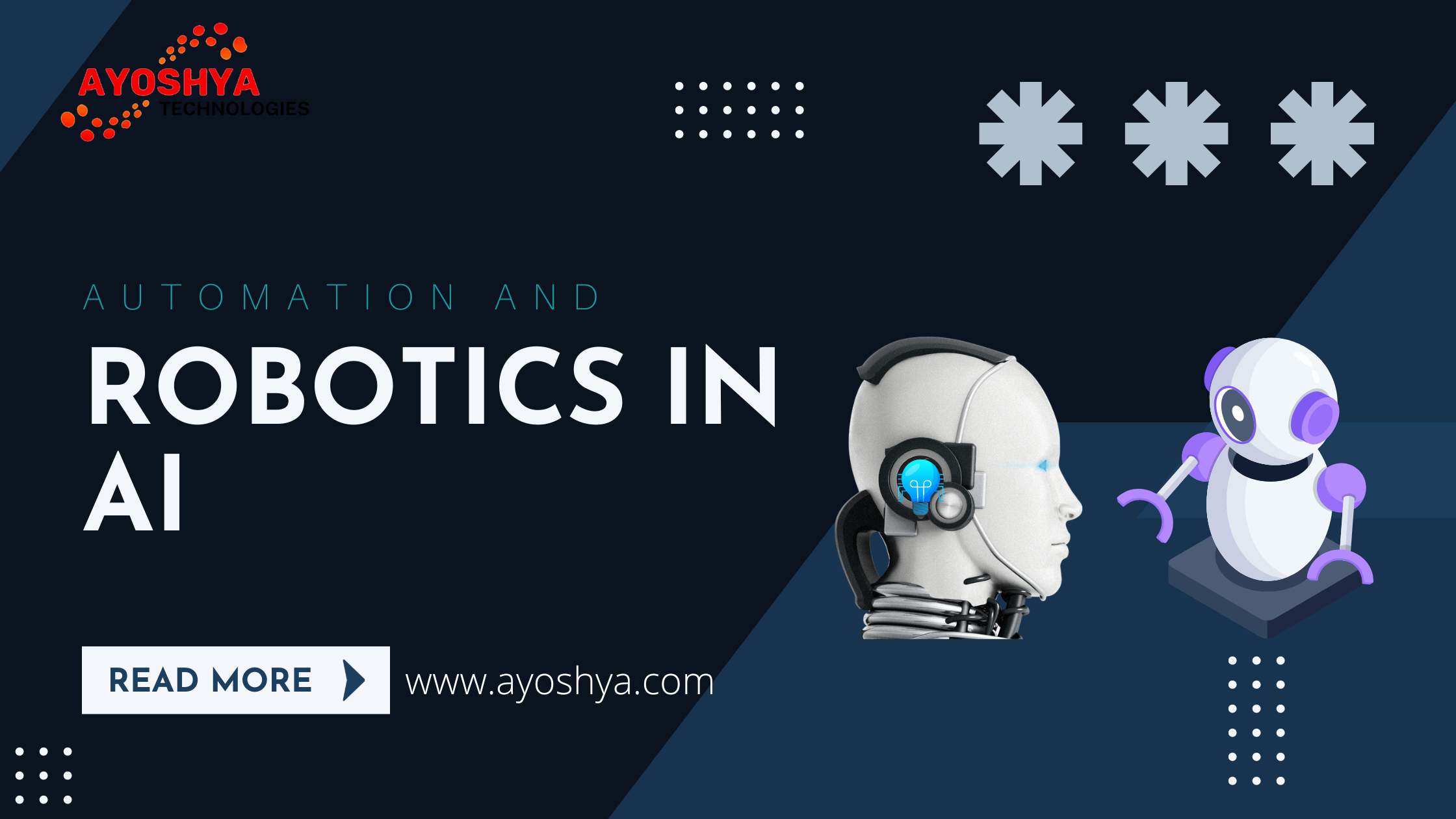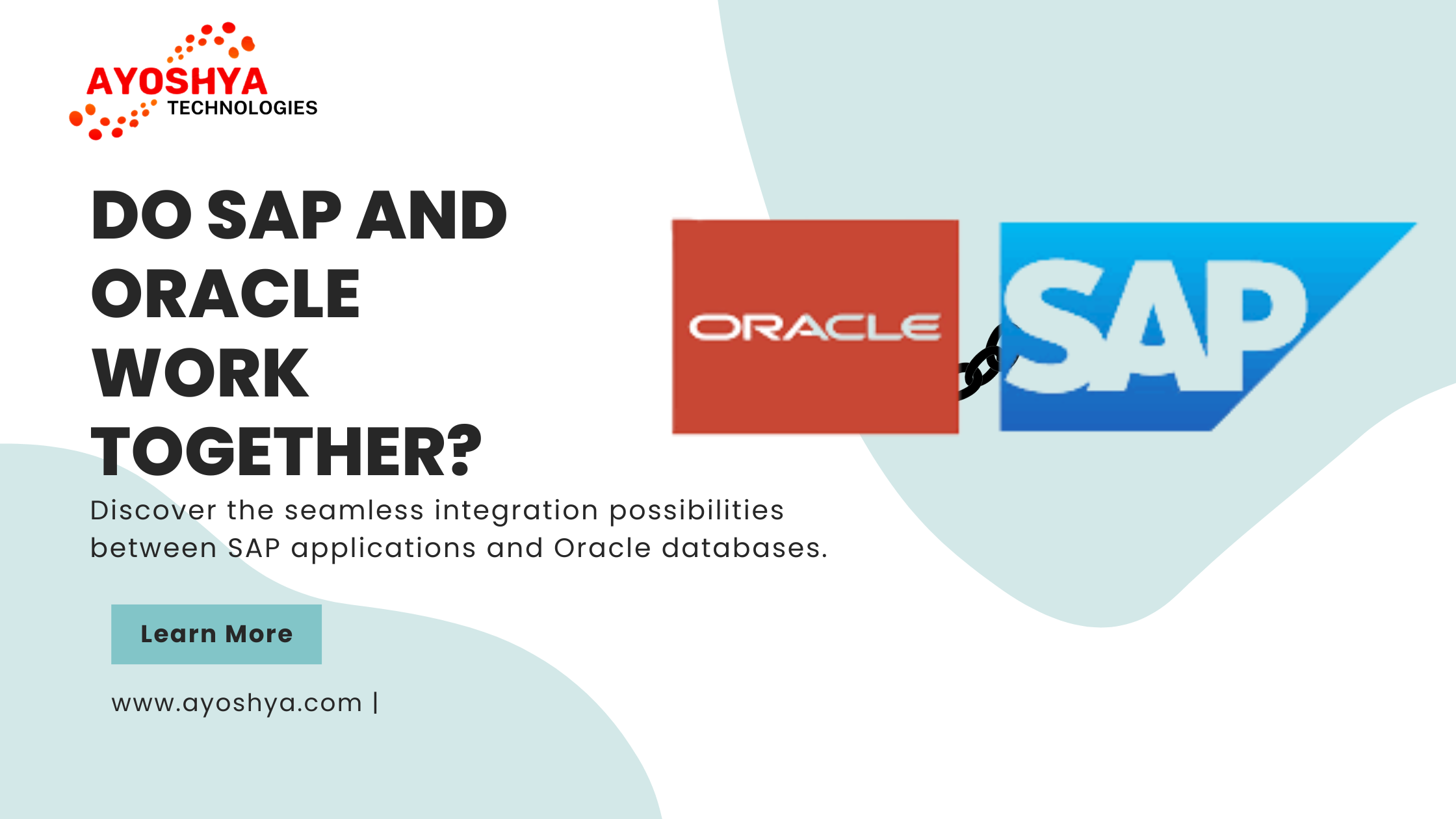Role of SAP Consultants in Modern Business Transformations
Introduction:
In the ever-evolving business landscape, SAP (Systems, Applications, and Products) Consultants play a pivotal role in driving modern business transformations. In this article, we will explore the significance of SAP Consultants and their impact on shaping businesses for success in today’s dynamic market.
Understanding the Role of SAP Consultants:
Responsibilities and Expertise:
SAP Consultants are highly skilled professionals equipped with in-depth knowledge of SAP solutions. They take on the responsibility of analyzing business processes and identifying areas for improvement and transformation.
Collaboration with Businesses:
SAP Consultants collaborate closely with businesses to understand their unique requirements and challenges. By aligning SAP solutions with these specific needs, they ensure a seamless integration that maximizes the benefits for the organization.
The Impact of SAP Consultants in Business Transformations:
Streamlining Business Processes:
One of the primary roles of SAP Consultants is to streamline business processes by configuring and customizing SAP solutions. This optimization leads to improved efficiency and productivity, enabling organizations to stay ahead of the competition.
Enhancing Efficiency and Productivity:
With SAP Consultants’ expertise, businesses can enhance their overall efficiency and productivity through automation, streamlined workflows, and real-time data access.
Key SAP Modules and Their Applications:
SAP S/4HANA:
SAP S/4HANA is a flagship product that offers cutting-edge capabilities for enterprise resource planning. It enables businesses to make data-driven decisions and respond swiftly to changing market demands.
SAP CRM:
SAP CRM focuses on customer relationship management, helping businesses provide exceptional customer experiences and build lasting relationships.
SAP SCM:
SAP SCM (Supply Chain Management) optimizes supply chain processes, enabling businesses to deliver products and services efficiently while minimizing costs.
SAP Implementation Best Practices:
Planning and Analysis:
SAP Consultants begin by meticulously planning and analyzing the organization’s existing processes. This step helps identify gaps and opportunities for improvement.
Configuration and Customization:
SAP Consultants configure and customize the SAP solution to meet the specific needs of the organization. This tailored approach ensures that the solution aligns perfectly with the business’s goals.
Overcoming Challenges in SAP Implementations:
Change Management:
SAP implementations often involve significant changes in processes and workflows. SAP Consultants play a critical role in managing this transformation by addressing resistance to change and promoting adoption.
Data Migration and Integration:
Migrating data from legacy systems to SAP and ensuring seamless integration with existing platforms can be complex. SAP Consultants navigate these challenges with expertise and precision.
The Role of SAP Consultants in Training and Support:
Training End-Users:
SAP Consultants provide comprehensive training to end-users, empowering them to navigate and utilize the new SAP system effectively.
Post-Implementation Support:
Even after the SAP implementation, SAP Consultants continue to offer support and guidance to address any issues that may arise.
Leveraging SAP Analytics for Data-Driven Decisions:
Utilizing SAP Business Intelligence:
SAP Business Intelligence tools enable businesses to analyze data and gain valuable insights into their operations, customers, and market trends.
Data Visualization and Reporting:
SAP Consultants utilize data visualization techniques to present complex information in an easily understandable manner, aiding decision-making processes.
SAP Consultants in Digital Transformation Initiatives:
Integrating Cloud Solutions:
SAP Consultant help businesses embrace the cloud, facilitating seamless integration with cloud-based solutions and services.
Implementing IoT and AI in SAP:
With the rise of the Internet of Things (IoT) and Artificial Intelligence (AI), SAP Consultant guide organizations in incorporating these intelligent technologies into their SAP systems.
Advantages of Hiring SAP Consultants:
Expertise and Knowledge:
SAP Consultant possess specialized knowledge and experience that brings immense value to the implementation process.
Cost and Time Savings:
By optimizing the implementation process and avoiding potential pitfalls, SAP Consultant save organizations time and resources.
SAP Consultants in Industry-Specific Solutions:
Healthcare:
SAP Consultant tailor solutions for the healthcare industry, improving patient care, and operational efficiency.
Manufacturing:
In the manufacturing sector, SAP Consultant optimize supply chain processes, reducing lead times and inventory costs.
Finance:
SAP Consultant assist financial institutions in enhancing financial management, compliance, and risk assessment.
Measuring Success in SAP Business Transformations:
Key Performance Indicators (KPIs):
SAP Consultant defines and measure KPIs to evaluate the success of SAP implementations and ensure continuous improvement.
Continuous Improvement:
The journey of business transformation is ongoing, and SAP Consultant play a pivotal role in identifying areas for improvement and growth.
Real-Life Success Stories: SAP Consulting Transformations:
Case Study 1: Streamlining Supply Chain with SAP SCM
A manufacturing company streamlined its complex supply chain with SAP SCM, resulting in reduced lead times and increased customer satisfaction.
Case Study 2: Improving Customer Experience with SAP CRM
A retail giant implemented SAP CRM, enabling personalized customer experiences, leading to a significant rise in customer loyalty and repeat purchases.
Future Trends in SAP Consulting:
SAP Leonardo and Intelligent Technologies:
The future of SAP Consulting lies in embracing SAP Leonardo, an integrated portfolio of intelligent technologies like AI, machine learning, and blockchain.
Embracing Mobility and User Experience:
SAP Consultants will focus on enhancing mobility solutions and delivering seamless user experiences to meet evolving customer expectations.
Conclusion:
The expertise and guidance of SAP Consultant plays an integral role in modern business transformations. By streamlining processes, enhancing efficiency, and leveraging SAP solutions, these professionals enable organizations to thrive in a dynamic and competitive market.
FAQs:
- What qualifications do SAP Consultants need? SAP Consultant typically hold a degree in computer science, information technology, or a related field, coupled with relevant SAP certifications.
- Can SAP Consultant work remotely? Yes, many SAP Consultant offer remote consulting services, providing support and guidance to businesses worldwide.
- How long does it take to implement SAP in a company? The duration of SAP implementation varies depending on the size and complexity of the business. It can take several months to a year or more.
- What are the costs involved in hiring SAP Consultants? The costs of hiring SAP Consultant depend on factors such as project scope, duration, and the level of expertise required.
- How can SAP solutions improve customer experience? SAP CRM (Customer Relationship Management) solutions help businesses manage customer interactions, enhance customer service, and personalize the customer experience.
Bonuses:
What Does Oracle Consulting Do?












